Since October 2023, at least 30,035 Palestinians have been killed in Gaza, 70% of them women and children. Violence continues to escalate and those numbers continue to grow.
It is important to understand the context in which this violence is taking place.Here are eight things you need to know to understand the scenario,
1-The Population Density of the Gaza Strip
Gaza is a narrow strip of land, only about 25 miles long and seven miles wide – just over twice the size of Washington DC. It has a population of 2,098,389 in an area of 139 square miles, which would be a density of 15,096 people per square mile
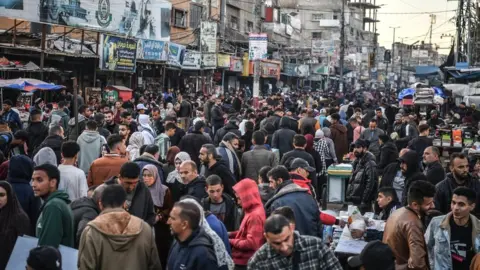
Around 2 million people are crammed into the 140-square-mile territory. The overwhelming majority of people are young, with 50% population is under the age of 18 , according to the World Health Organization.
Nearly all of Gazans – 98-99% are Muslims with most of the rest Christians. More than 1 million of Gaza’s residents are refugees, with 8 recognized refugee camps according to the United Nations Relief and Works Agency, which assists Palestinians.
3- It is one of the worlds longest continuing conflict
Some people asume that violence started from Oct.7 when Hamas attacked Israeli civilians. You should know that this is alomost 100 year issue. In fact Beginning in the mid-20th century, It is one of the worlds longest continuing conflicts.
Even before Oct. 7, this year (2023) was one of the most violent years in Palestine in more than a decade. At least 247 Palestinians—including 47 children—had been killed by Israeli soldiers and settlers before the end of September. During the same period, Israeli settlers launched over 800 attacks on Palestinians and Palestinian-owned property. Additionally, over 1,100 Palestinians had been forcibly displaced from their homes.
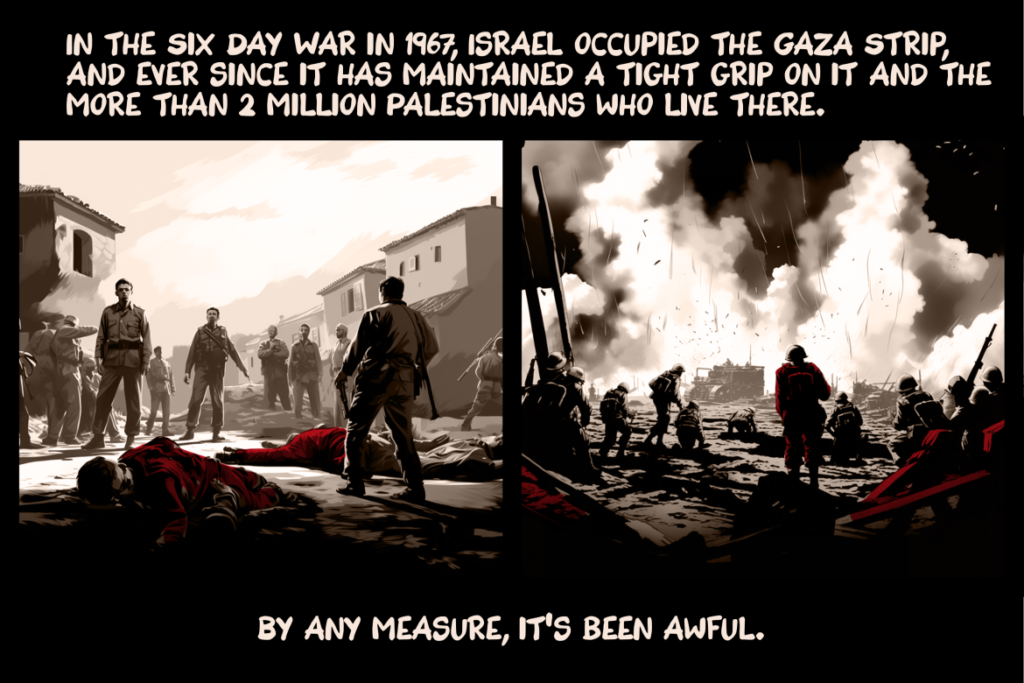
These actions occurred in a context where Israeli land confiscation, mass arrest campaigns, military attacks on Palestinian cities, and threats to Palestinian control over Al-Aqsa mosque—an important religious site in Jerusalem—have all increased.
Since coming to power, the far-right Netanyahu government in Israel has escalated violence against Palestinian communities while rejecting any possibility of Palestinian independence or equality. Settler leaders now hold sway in Israel and have taken concrete steps toward annexing the West Bank while pushing forward efforts to eliminate Palestinians from the majority of the West Bank.
3- Gaza has been under a violent blockade for 16 years.
For over 16 years, the people of Gaza have lived under an Israeli-imposed blockade that severely limits travel, trade, and everyday life for its over two million residents. As a result, the effects have been brutal, even prior to the expanded siege now underway:
- 80% of people in Gaza rely on international assistance to survive.
- More than 50% of the population are unemployed.
- Hospitals have consistently been out of up to 40% of needed supplies and medicine.
- Approximately 96% of water in Gaza is undrinkable.
- Electricity is only available sporadically.
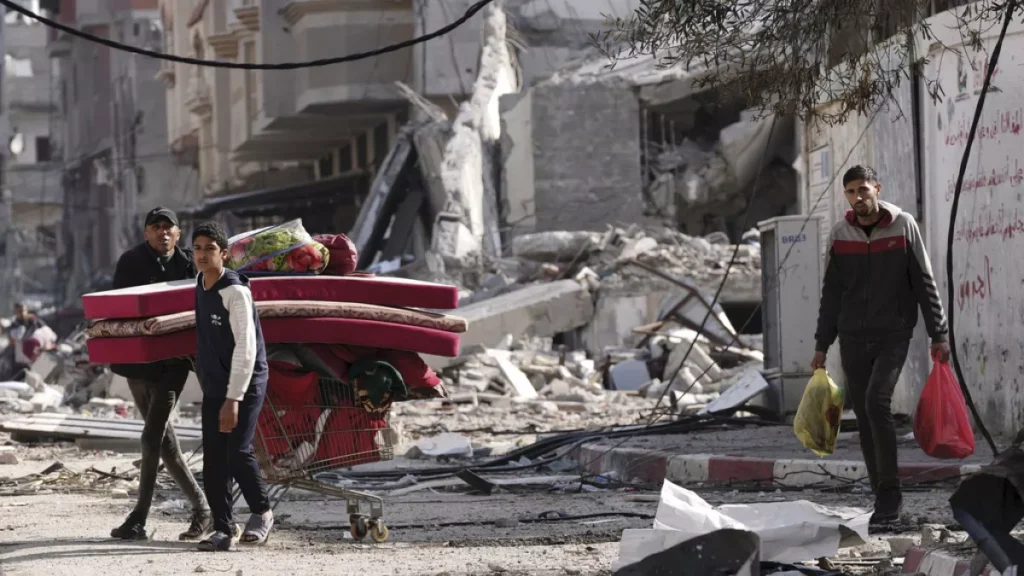
The blockade severely impacts the lives and health of all Palestinians in Gaza. Children’s growth is stunted due to malnutrition. Palestinians die because they can’t access medical care. Families are separated due to movement restrictions.
And the blockade is enforced through violence. Israeli military incursions into Gaza occur weekly, Israeli forces fire into Gaza daily, and bombings of Gaza occur regularly.
Israel’s military actions in Gaza have claimed thousands of Palestinian lives over the years. Between Jan. 1, 2008 and Sept. 19, 2023, more than 5,365 Palestinians have been killed, including 1,206 children. After Israel’s previous attacks on Gaza, there were promises that the blockade would be lessened or ended. But the blockade continues with deadly effect for Palestinians in Gaza.
4-The most dangerous place for Children and women
UNICEF have called Gaza the “most dangerous place to be a child”. According to UN women 70% of civilian fatalities were women or children. 951,490 women and girls have been displaced from their homes. 3,000+ women have become widows, and new heads of households, following their male partner’s death. 10,000+ children have lost their fathers. 2 mothers are killed every hour in Gaza.50,000 women in Gaza are pregnant.

5-Unavailability of basic Amenities:
Over a million people have been displaced from their homes to shelter in UN schools, the homes of relatives, hospital courtyards and parking lots, tents, cars and the streets. Severe overcrowding in these spaces raises significant concerns about the potential for the spread of diseases among the displaced population.
Can you imagine brushing teeth is a luxury in Gaza where water and sanitation system has been severely affected by the war. Those who have two cups of potable water to drink count themselves fortunate — a shocking statistic that highlights the extent of the crisis.

Hospitals in Gaza are facing acute shortages of fuel and essential medical supplies, which makes providing adequate healthcare extremely challenging. One-third of hospitals have shut down completely and vital equipment at hospitals that are open cannot consistently operate because of fuel shortages. Patients, including those in intensive care and those wounded in the war, are at extreme risk.

The destruction of critical infrastructure, including roads, buildings, schools, hospitals, and power sources, has long-term ramifications for Gaza’s residents. More than half of the homes in Gaza have been completely destroyed.
6-Schools, hospitals and mosques are being bombed by Israel .
Over 51 percent of Gaza’s education facilities have been hit and 625,000 students have no access to education.
- 267 education facilities reportedly damaged
- 113 health facilities attacked
- 11 bakeries reportedly destroyed
- 16 hospitals and 32 health care center out of service
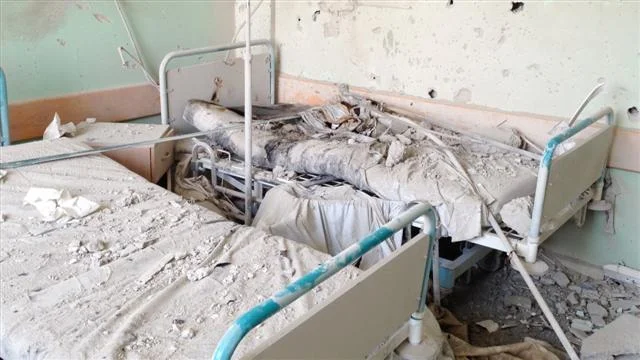
At least 3 churches and 56 mosques damaged
7- Under international law, Palestinians have legal rights to resist.
The U.S. government has repeatedly said that people living under foreign military occupation—as in Ukraine—have a right to militarily resist their occupation. Palestinians have that same right.
The same laws of war lay out obligations for occupying powers, including Israel, and limit their actions. For decades, Israel has systematically violated its obligations under international law toward Palestinians, violating their rights and implementing a system of apartheid in the areas it controls.
8- The U.S. funds, arms, and supports injustice, inequality, and violence perpetrated by the Israeli government.
For decades, the U.S. has offered uncritical support to Israel as it has systemically violated Palestinian rights. Despite agreement between international human rights organizations that Israel is enforcing apartheid against Palestinians, the U.S. provides $3.8 billion in military aid to Israel every year. Despite the fact that the current Israeli government opposes the formation of a Palestinian state and has moved to take over Palestinian land at record rates, the U.S. government continues to build close ties with Prime Minister Netanyahu and his allies. And despite record levels of violence against Palestinians by Israel—including Palestinians with U.S. citizenship—the U.S. continues to offer Israel impunity and blocks efforts at accountability.
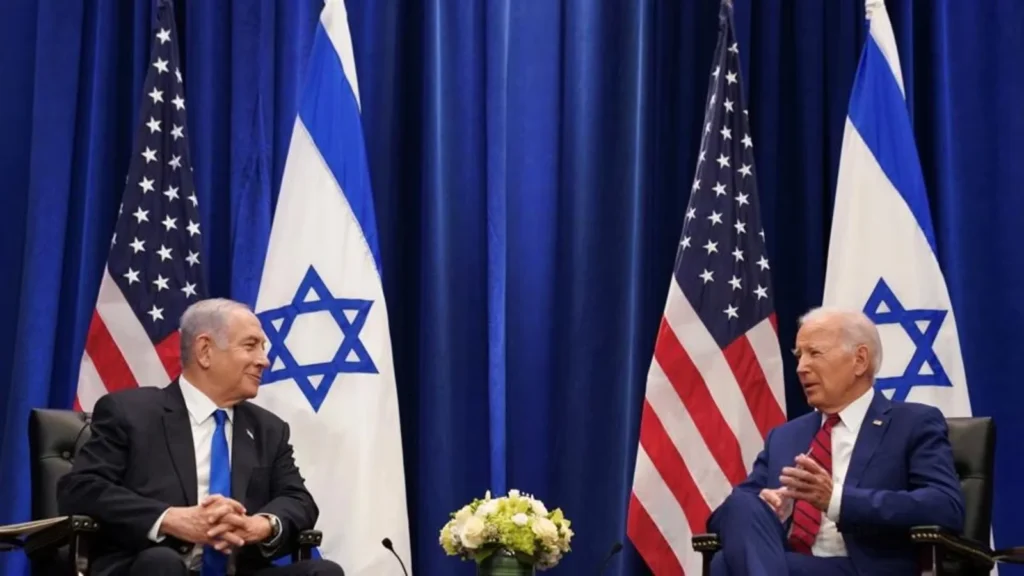
This lack of accountability and a sense by Palestinians that they have been abandoned by the international community is important to understanding recent violence. For violence to end, U.S. policy must change. Israel must be held accountable for its rights violations, and the system of apartheid must end.


